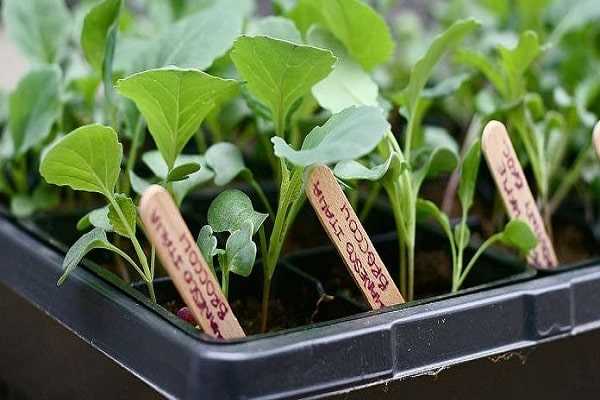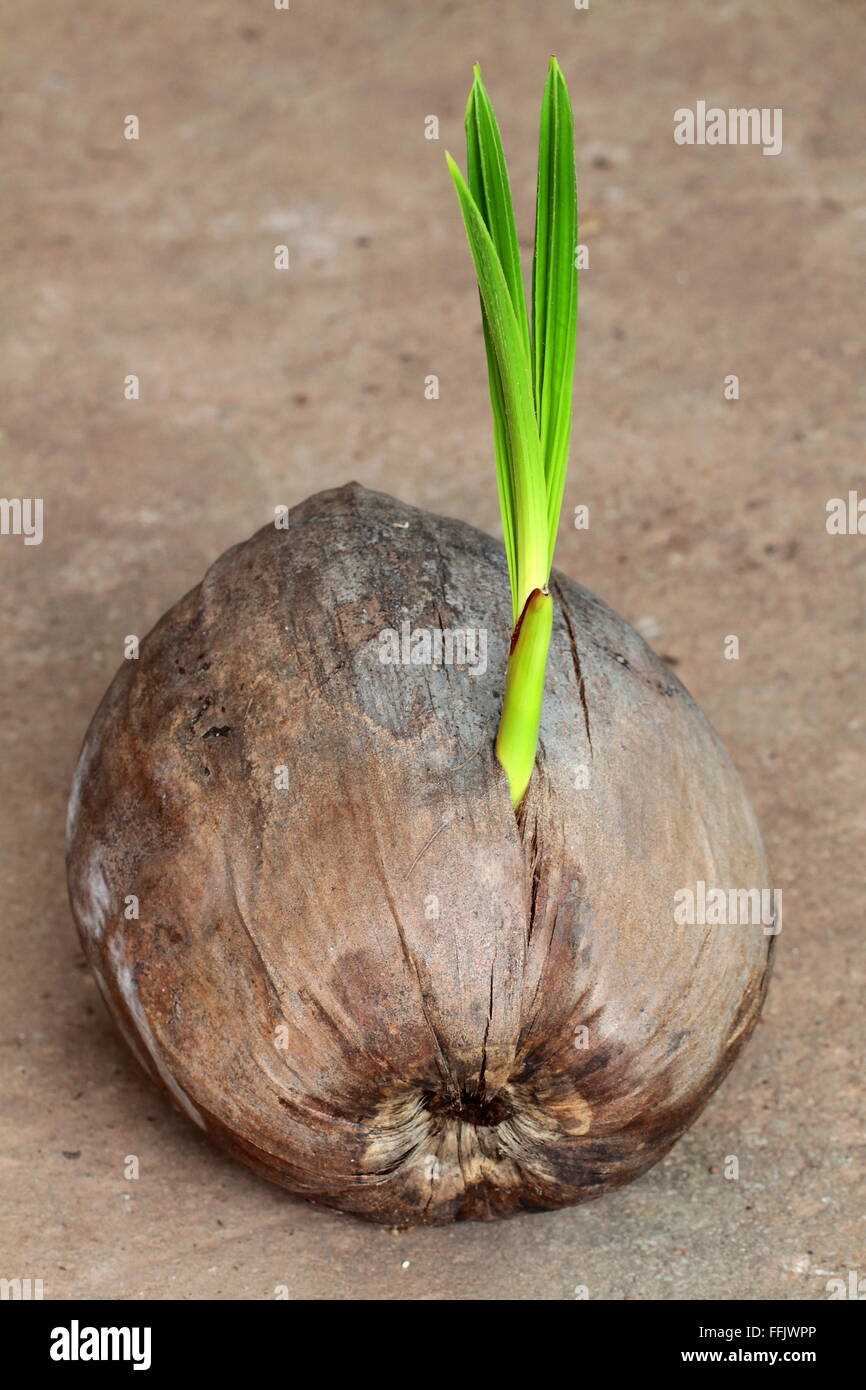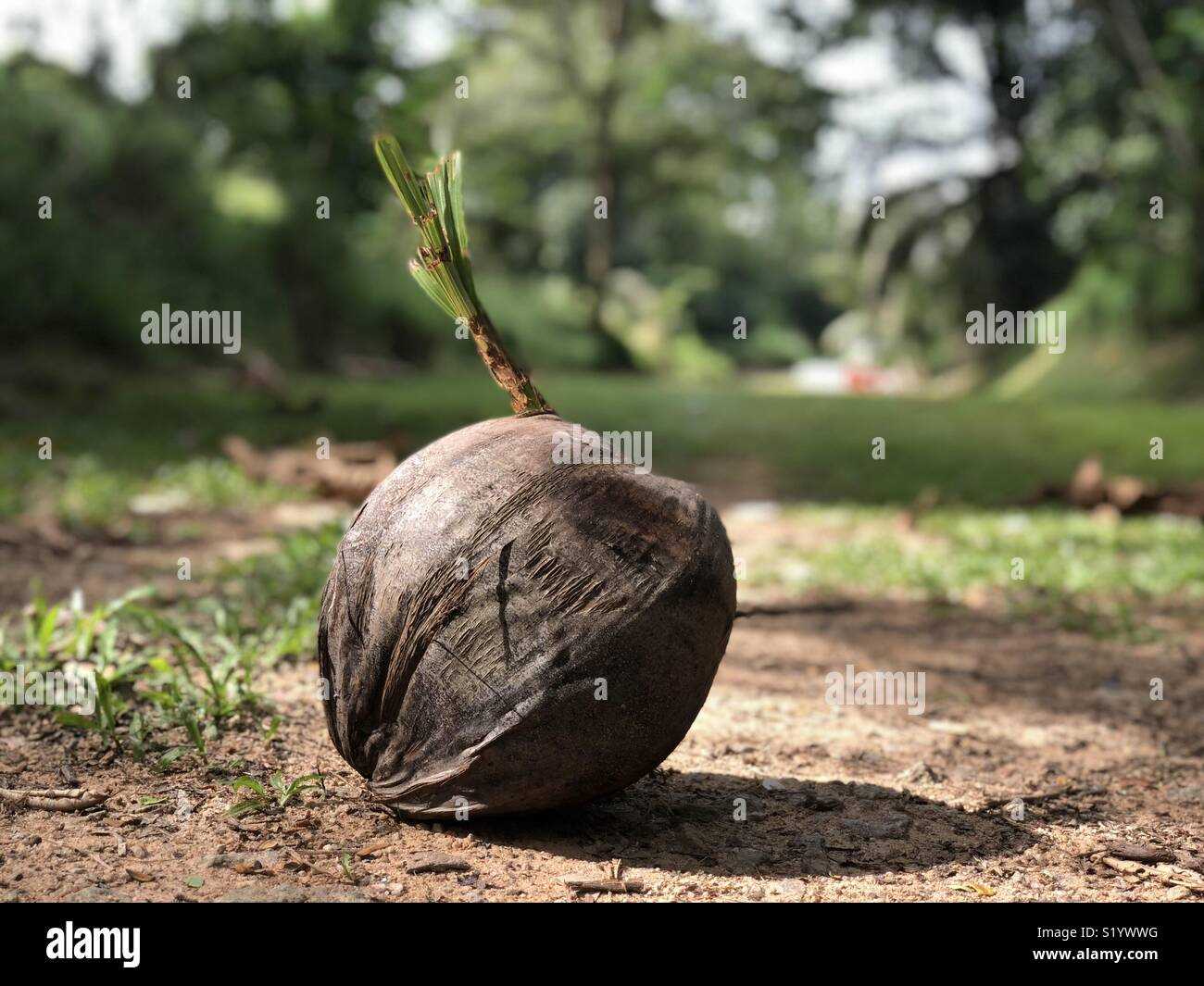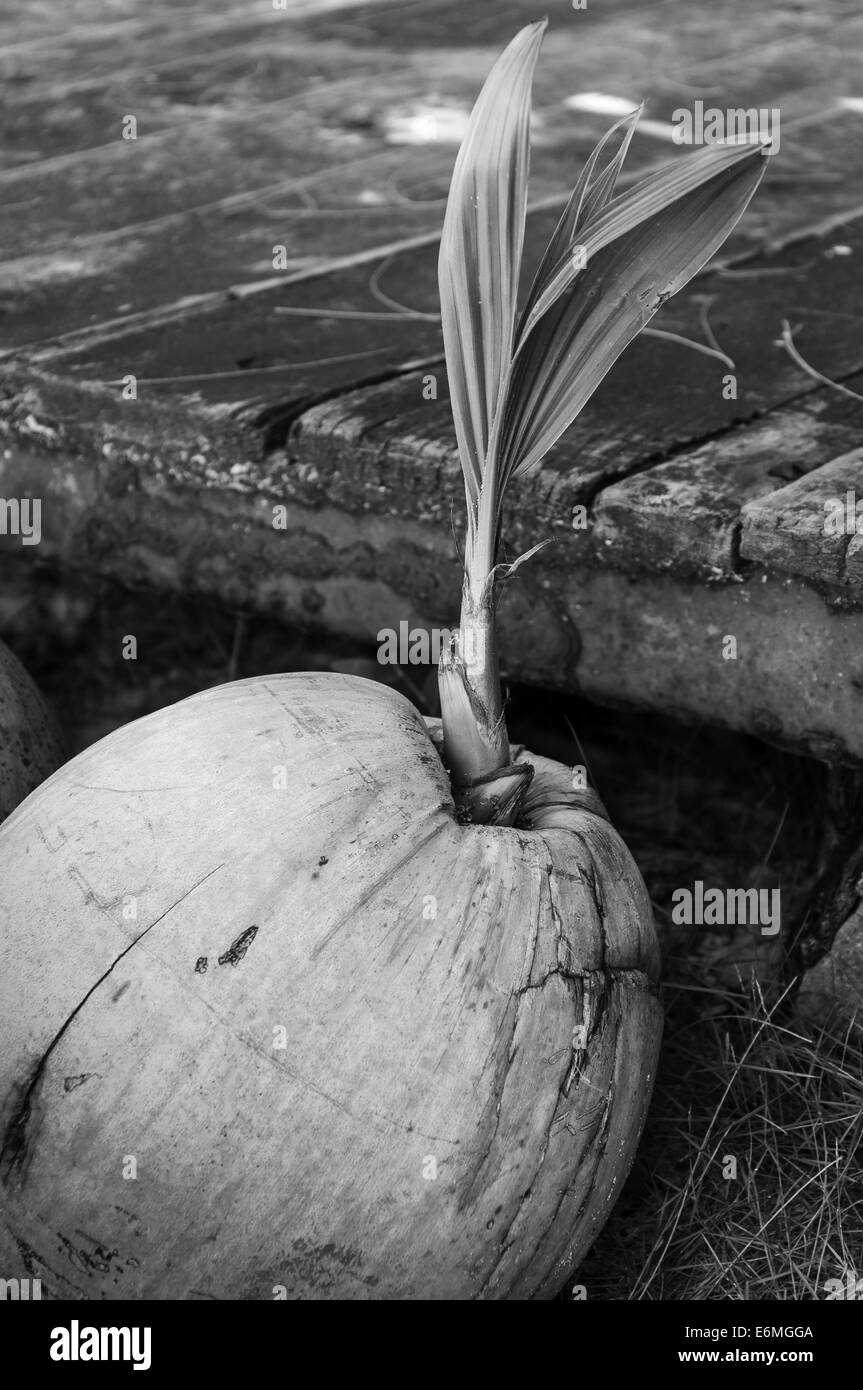- Sprouts in Coconut Substrate – Effective Protection Against Blacklegs
- The Role of Coconut Substrate
- Application of Coconut Substrate
- Conclusion
- Blacklegs Disease and its Impact on Crops
- Symptoms of Blacklegs Disease
- Impact on Crops
- Management and Prevention
- Benefits of Using Coconut Substrate
- 1. Excellent Water Retention
- 2. Enhanced Aeration
- 3. Natural Nutrient Content
- 4. Pest and Disease Resistance
- 5. Sustainable and Environmentally Friendly
- Coconut Substrate as a Natural Antimicrobial Agent
- Advantages of Coconut Substrate as an Antimicrobial Agent
- Conclusion
- Enhancing Plant Growth and Resistance
- 1. Nutrient Management
- 2. Water Management
- 3. Pest and Disease Control
- 4. Stress Management
- Conclusion
- Preventing Blacklegs with Coconut Substrate
- Benefits of Coconut Substrate
- How to Use Coconut Substrate to Prevent Blacklegs
- Conclusion
- Coconut Substrate: A Sustainable and Eco-Friendly Solution
- Sustainability
- Eco-Friendly
- Advantages in Sprout Production
- Conclusion
- Case Studies: Successful Implementation of Coconut Substrate
- Case Study 1: Apple Orchard
- Case Study 2: Tomato Farm
- Case Study 3: Flower Nursery
- Tips for Using Coconut Substrate to Protect Against Blacklegs
- 1. Choose High-Quality Coconut Substrate
- 2. Properly Sterilize the Substrate
- 3. Maintain Proper Moisture Levels
- 4. Avoid Cross-Contamination
- 5. Monitor Temperature and Humidity
- 6. Implement Good Hygiene Practices
- “Question-Answer”
- What is blackleg in plants?
- How does coconut substrate protect against blackleg?
- Can coconut substrate be used for all types of plants?
- How effective is using sprouts in coconut substrate in preventing blackleg?
- Are there any disadvantages to using coconut substrate for plant growth?
- Can coconut substrate be reused after planting?
- “Video” Harris Coconut Coir Pith, Compressed Coconut Fiber Expandable Substrate
Blacklegs is a serious threat to plant health, especially in young sprouts. This disease, caused by bacterial infection, can lead to the death of the affected plants. However, recent research has shown that using coconut substrate can be an effective method of protecting sprouts against blacklegs.
Coconut substrate is a natural, sustainable material that has been found to have antimicrobial properties. It contains specific compounds that can inhibit the growth of bacteria, including the bacteria responsible for blacklegs. By using coconut substrate as a growing medium for sprouts, farmers can provide an environment that is inhospitable to blacklegs and promote healthy plant growth.
Studies have shown that sprouts grown in coconut substrate have significantly lower rates of blacklegs compared to those grown in traditional soil or other growing mediums. The coconut substrate acts as a physical barrier between the sprouts and the bacteria, preventing the pathogens from infecting the plants. Additionally, the antimicrobial properties of coconut help to suppress the growth of any bacteria that may be present in the environment.
“Using coconut substrate as a growing medium for sprouts can be a game-changer in the fight against blacklegs. Not only does it provide a natural and sustainable alternative to traditional growing mediums, but it also offers effective protection against the disease.”
Furthermore, coconut substrate has been found to improve the overall health and vigor of the sprouts. It provides better drainage and aeration, which promotes root development and allows for better uptake of nutrients. This ultimately leads to stronger and more resilient plants that are better able to defend against diseases like blacklegs.
In conclusion, using coconut substrate as a growing medium for sprouts can be an effective method of protecting against blacklegs. Its antimicrobial properties and ability to promote healthy plant growth make it a valuable tool for farmers and growers. With further research and implementation, coconut substrate has the potential to revolutionize the way we protect our plants from diseases.
Sprouts in Coconut Substrate – Effective Protection Against Blacklegs
Blackleg disease, caused by the bacterium Dickeya spp., is a serious threat to seed potato production worldwide. It can lead to significant yield losses and decrease the quality of potato tubers. Developing effective protection strategies against blacklegs is crucial in order to ensure a successful potato crop.
The Role of Coconut Substrate
One promising approach to protect potato sprouts from blacklegs is the use of coconut substrate. Coconut substrate is a natural growing medium made from the husk of coconuts. It has several properties that make it an effective defense against blacklegs:
- Antimicrobial properties: Coconut substrate contains natural antimicrobial compounds that can inhibit the growth of Dickeya spp. This can help prevent the infection of potato sprouts.
- Moisture retention: Coconut substrate has excellent moisture retention capabilities, ensuring that the sprouts have a constant water supply. This is important for their growth and development and can prevent stress, which can make the plants more susceptible to blacklegs.
- Aerated root system: The structure of coconut substrate allows for a well-aerated root system. This is important for the health of the plants and can prevent the development of anaerobic conditions that favor the growth of Dickeya spp.
- Nutrient availability: Coconut substrate contains essential nutrients that can support the growth of potato sprouts. This can enhance their resistance to diseases, including blacklegs.
By using coconut substrate as a growing medium for sprouted potatoes, growers can take advantage of its natural properties to create a protective environment against blacklegs. This can help reduce the incidence of the disease and improve the overall health and productivity of the potato crop.
Application of Coconut Substrate
The application of coconut substrate in potato production is relatively simple. Here is a step-by-step guide:
- Prepare the coconut substrate by soaking it in water to rehydrate it.
- Drain the excess water from the substrate.
- Place the sprouted potatoes on the surface of the substrate, ensuring that they are evenly spaced.
- Cover the sprouted potatoes with a layer of coconut substrate, ensuring that they are completely buried.
- Water the substrate regularly to maintain moisture levels.
- Monitor the plants for any signs of blacklegs and take appropriate action if necessary.
Conclusion
Using coconut substrate as a growing medium for sprouted potatoes can be an effective strategy to protect against blacklegs. Its antimicrobial properties, moisture retention capabilities, aerated root system, and nutrient availability make it an ideal choice for creating a protective environment for the plants. By implementing this method, growers can significantly reduce the risk of blacklegs and increase the overall success of their potato crop.
Blacklegs Disease and its Impact on Crops
Blacklegs disease is a common plant disease that affects a wide range of crops. It is caused by the bacteria Pectobacterium atrosepticum and Erwinia carotovora subsp. carotovora, and primarily affects crops in the family Brassicaceae, such as cabbage, broccoli, and radishes.
The disease gets its name from the characteristic blackening of the base of the stems, which is a result of the bacteria invading and destroying the plant tissues. It can also cause wilting, stunting, and rotting of the affected plants.
Symptoms of Blacklegs Disease
There are several symptoms that can indicate the presence of blacklegs disease in crops. These include:
- Blackening of the stem base
- Soft rot
- Wilting
- Stunting
- Yellowing of leaves
Impact on Crops

Blacklegs disease can have a significant impact on crops and can lead to reduced yields and economic losses for farmers. The bacteria responsible for the disease can spread quickly in favorable conditions, such as high humidity and warm temperatures.
In addition to direct crop damage, the disease can also lead to post-harvest losses, as infected plants are more susceptible to spoilage during storage and transportation.
Management and Prevention
Managing blacklegs disease involves a combination of cultural, chemical, and biological control methods. Crop rotation, proper sanitation practices, and planting disease-resistant varieties can help reduce the risk of infection.
Chemical control options include the use of fungicides and bactericides to prevent the spread of the bacteria. However, care must be taken to follow label instructions and adhere to local regulations when using these products.
Biological control methods, such as introducing beneficial microorganisms or antagonistic bacteria, can also be effective in managing blacklegs disease.
| Common Name | Scientific Name | Family |
|---|---|---|
| Cabbage | Brassica oleracea | Brassicaceae |
| Broccoli | Brassica oleracea | Brassicaceae |
| Radish | Raphanus sativus | Brassicaceae |
Benefits of Using Coconut Substrate
Coconut substrate is a highly beneficial and effective medium for sprouting plants, offering numerous advantages over other types of substrates. Here are some key benefits of using coconut substrate:
1. Excellent Water Retention
Coconut substrate has excellent water retention capabilities, ensuring that plants receive adequate moisture even in dry conditions. This helps prevent over-watering or under-watering of plants and promotes healthy growth.
2. Enhanced Aeration
Coconut substrate offers enhanced aeration, ensuring proper oxygen supply to the plant roots. This improves soil structure and prevents the risk of root rot or other diseases caused by poor air circulation.
3. Natural Nutrient Content
Coconut substrate is rich in natural nutrients, providing essential elements for plant growth. It contains a good balance of macro and micronutrients, promoting healthy root development and overall plant vigor.
4. Pest and Disease Resistance

Coconut substrate has natural pest and disease resistance properties, helping to protect plants from common pests and pathogens. This reduces the need for chemical pesticides and reduces the risk of crop damage.
5. Sustainable and Environmentally Friendly
Coconut substrate is a sustainable and environmentally friendly choice. It is made from the natural byproduct of coconut processing, reducing waste and promoting the use of renewable resources.
| Benefit | Coconut Substrate | Other Substrates |
|---|---|---|
| Water Retention | Excellent | Variable |
| Aeration | Enhanced | Variable |
| Nutrient Content | Natural and Balanced | Variable |
| Pest and Disease Resistance | Effective | Variable |
| Sustainability | High | Variable |
Overall, using coconut substrate for sprouting plants provides excellent water retention, enhanced aeration, natural nutrient content, pest and disease resistance, and promotes sustainability. It is a reliable and environmentally friendly choice for successful plant growth.
Coconut Substrate as a Natural Antimicrobial Agent
Coconut substrate has been found to possess natural antimicrobial properties, making it an effective choice for protecting sprouts against blacklegs. The antimicrobial activity of coconut substrate is attributed to its high content of lauric acid, a fatty acid known for its antimicrobial properties.
Lauric acid has been shown to have inhibitory effects on a wide range of microorganisms, including bacteria, fungi, and viruses. It disrupts the lipid membranes of these pathogens, causing structural damage and inhibiting their growth and replication.
When coconut substrate is used as a growth medium for sprouts, the lauric acid present in the substrate creates a hostile environment for the growth of blackleg-causing bacteria. This helps to prevent the spread of the disease and ensures the health of the sprouts.
Advantages of Coconut Substrate as an Antimicrobial Agent
There are several advantages to using coconut substrate as a natural antimicrobial agent:
- Non-toxic: Coconut substrate is non-toxic and safe for use in agricultural practices. Unlike synthetic antimicrobial agents, it does not leave any harmful residues on the sprouts, ensuring their safety for consumption.
- Natural: Coconut substrate is derived from a natural source and does not contain any synthetic chemicals or additives. This makes it a sustainable and environmentally friendly choice for protecting sprouts against blacklegs.
- Easy to use: Coconut substrate can be easily incorporated into existing sprouting systems. It is available in various forms, such as coconut husk, coconut coir, and coconut fiber, and can be used as a standalone substrate or mixed with other materials.
- Cost-effective: Coconut substrate is a cost-effective alternative to synthetic antimicrobial agents. It is readily available and relatively inexpensive, making it accessible to small-scale sprout producers.
Conclusion
Coconut substrate offers a natural and effective solution for protecting sprouts against blacklegs. Its antimicrobial properties, attributed to the presence of lauric acid, make it a valuable choice for preventing the spread of pathogens and ensuring the health of sprouts. With its non-toxic nature, natural origin, ease of use, and cost-effectiveness, coconut substrate is a sustainable option for growers seeking to maintain the quality and safety of their sprouts.
Enhancing Plant Growth and Resistance
Introduction
Enhancing plant growth and resistance is crucial for maximizing crop yields and reducing the susceptibility of plants to various diseases and environmental stresses. By implementing effective strategies, farmers and researchers can help plants thrive in unfavorable conditions and minimize the potential damage caused by pests and diseases.
1. Nutrient Management
One of the key factors in enhancing plant growth is proper nutrient management. By analyzing soil composition and determining the specific needs of the crop, farmers can optimize the use of fertilizers and other nutrient sources. Providing plants with the right balance of essential elements promotes healthy growth and strengthens their ability to resist diseases.
- Regular soil testing to assess nutrient levels
- Appropriate application of fertilizers based on test results
- Monitoring and adjusting nutrient levels throughout the growth cycle
2. Water Management
Efficient water management plays a critical role in plant growth and resistance. Proper irrigation practices help maintain the optimal moisture levels in the soil, preventing water stress or excess water that can predispose plants to diseases. Additionally, technologies such as drip irrigation and moisture sensors can be employed to ensure the accurate delivery of water to plants.
- Schedule irrigation based on plant needs
- Maintain proper drainage to prevent waterlogging
- Implement water-saving techniques
3. Pest and Disease Control
To enhance plant growth and resistance, it is essential to implement effective pest and disease control strategies. Integrated Pest Management (IPM) techniques focus on minimizing pesticide usage by combining cultural, biological, and chemical methods. Regular monitoring, early detection, and prompt action are crucial for preventing the spread of pests and diseases.
- Use resistant crop varieties
- Practice crop rotation and diversification
- Implement biological control methods
- Apply chemical pesticides as a last resort
4. Stress Management
Plants exposed to environmental stresses such as drought, heat, or cold can experience reduced growth and increased susceptibility to diseases. By implementing stress management techniques, such as providing shade, mulching, or employing protective covers, plants can be better protected and their growth enhanced.
- Provide shade during periods of intense heat
- Mulch to conserve moisture and regulate soil temperature
- Use protective covers to shield plants from extreme weather conditions
Conclusion
Enhancing plant growth and resistance requires a holistic approach that encompasses nutrient management, water management, pest and disease control, and stress management. By implementing these strategies, farmers can promote healthy plant growth and reduce the risk of crop damage, ultimately leading to improved yields and sustainable agricultural practices.
Preventing Blacklegs with Coconut Substrate
Blacklegs is a common disease in sprouts, causing rot and ultimately death of the plant. The use of coconut substrate has been found to be an effective method of preventing blacklegs and promoting healthy growth in sprouts.
Benefits of Coconut Substrate
- Coconut substrate is a natural and sustainable growing medium that provides excellent moisture retention.
- It has anti-fungal properties, which helps to prevent the growth and spread of blackleg-causing fungi.
- The structure of coconut substrate allows for good aeration and drainage, creating optimal growing conditions for sprouts.
- It is rich in nutrients, providing essential elements for healthy plant development.
How to Use Coconut Substrate to Prevent Blacklegs
Follow these steps to effectively use coconut substrate for blackleg prevention:
- Prepare the coconut substrate by soaking it in water until it expands.
- Fill pots or trays with the soaked coconut substrate, leaving enough space for the sprouts to grow.
- Sow the sprouts in the coconut substrate, making sure to place them at an appropriate depth.
- Water the coconut substrate regularly, keeping it moist but not overly saturated.
- Avoid overwatering, as excessive moisture can promote the growth of blackleg-causing fungi.
- Monitor the sprouts for any signs of blackleg, such as wilting or discoloration.
- If blackleg is detected, remove the affected sprouts immediately to prevent further spread of the disease.
Conclusion
Using coconut substrate can be an effective method of preventing blacklegs in sprouts. Its natural properties and nutrient-rich composition create optimal growing conditions while inhibiting the growth of blackleg-causing fungi. By following the recommended steps, growers can greatly reduce the risk of blackleg and promote healthy growth in sprouts.
Coconut Substrate: A Sustainable and Eco-Friendly Solution

The use of coconut substrate in sprout production offers a sustainable and eco-friendly solution. This natural and renewable material not only provides an optimal growing environment for sprouts but also contributes to preserving the environment.
Coconut substrate, also known as coir, is derived from the fibrous husk of coconuts. It is a byproduct of the coconut industry and is often discarded as waste. However, with advancements in agriculture, coconut substrate has found new applications in plant cultivation, including sprout production.
Sustainability
One of the main advantages of using coconut substrate is its sustainability. As it is a byproduct, utilizing coconut substrate reduces waste in the coconut industry. Instead of being disposed of or burned, coconut husks are transformed into a valuable resource.
Furthermore, coconut trees are highly renewable, making coconut substrate an excellent choice for sustainable agriculture. Coconut palms are capable of producing coconuts throughout their 60 to 80-year lifespan, ensuring a continuous supply of coconut husks for substrate production.
Eco-Friendly
Coconut substrate is an eco-friendly alternative to traditional growing mediums. It is biodegradable and does not release harmful chemicals or toxins into the environment. By using coconut substrate, growers can contribute to reducing the overall environmental impact of agriculture.
Additionally, coconut substrate is free from pests and diseases, reducing the need for harmful pesticides and fungicides. This makes it an ideal choice for organic sprout production, promoting healthier eating habits and sustainable farming practices.
Advantages in Sprout Production
Coconut substrate offers several advantages when used in sprout production. Firstly, it has excellent water-holding capacity, allowing for proper hydration of the sprouts. This ensures optimal growth and development, resulting in higher quality and yield.
Moreover, coconut substrate provides good aeration, preventing the roots from becoming waterlogged and reducing the risk of root rot. It also maintains a balanced pH level, creating an ideal environment for sprouts to thrive.
Conclusion
Coconut substrate is a sustainable and eco-friendly solution for sprout production. By utilizing this natural material, growers can contribute to waste reduction, promote sustainable agriculture, and protect the environment. With its numerous advantages in sprout production, coconut substrate is a valuable resource for both growers and consumers seeking a greener and more sustainable future.
Case Studies: Successful Implementation of Coconut Substrate

Case Study 1: Apple Orchard
A commercial apple orchard in Washington state implemented the use of coconut substrate for their sprouts to combat blacklegs. Before the implementation, the orchard struggled with disease outbreaks that affected the overall yield and quality of their apples.
The coconut substrate provided an effective protection layer for the sprouts, preventing the spread of blackleg disease. This resulted in healthier and more resilient plants, leading to increased apple production and improved fruit quality.
The success of the coconut substrate implementation prompted the orchard to expand its use to other fruit trees in their orchard. They found that the coconut substrate not only protected against blacklegs but also improved soil quality and water retention, resulting in overall healthier trees and increased crop yield.
Overall, the implementation of coconut substrate proved to be a successful solution for disease prevention and improved crop production in this apple orchard.
Case Study 2: Tomato Farm
A tomato farm in California faced significant challenges with blacklegs disease, which caused high mortality rates among their tomato seedlings. The farm implemented the use of coconut substrate as a protective measure against blacklegs, and the results were remarkable.
The coconut substrate provided a favorable environment for the tomato seedlings to grow, minimizing the risk of blacklegs disease. The farm observed a drastic reduction in seedling mortality and an increase in overall plant health.
Additionally, the coconut substrate improved water retention, reducing the farm’s irrigation needs. This led to cost savings in water usage and improved sustainability practices.
The success of the coconut substrate in the tomato farm encouraged the farmers to share their experience with other local farmers, resulting in the widespread adoption of this method to combat blacklegs disease in tomato crops.
Case Study 3: Flower Nursery
A flower nursery in the Netherlands faced challenges with blackleg disease affecting their flower seedlings. They implemented coconut substrate as a protective measure, and the results were highly successful.
The coconut substrate created a suitable growing medium for the flower seedlings, which improved root development and overall plant health. This resulted in a significant reduction in blackleg disease incidence.
The flower nursery also noted that the coconut substrate prevented weed growth, reducing the need for herbicides. This not only saved labor costs but also contributed to a more environmentally friendly growing practice.
The success of coconut substrate implementation in the flower nursery led to increased demand for their flowers, as their plants exhibited improved health, longevity, and overall quality.
Overall, the use of coconut substrate proved to be a successful solution for disease prevention and improved plant growth in this flower nursery.
Tips for Using Coconut Substrate to Protect Against Blacklegs

When using coconut substrate to protect against blacklegs, there are several tips that can help ensure effective results. By following these guidelines, you can maximize the benefits of coconut substrate and minimize the risk of blackleg disease in your sprouts.
1. Choose High-Quality Coconut Substrate
Start by selecting a high-quality coconut substrate that is free from contaminants and pathogens. Look for substrates that are specifically designed for sprout cultivation and have a proven track record of success in preventing blacklegs.
2. Properly Sterilize the Substrate
Before using coconut substrate, it is important to properly sterilize it to eliminate any potential pathogens or contaminants. This can be done through steam sterilization or by using a sterilizing agent recommended by the substrate manufacturer. Follow the sterilization instructions carefully to ensure thorough disinfection.
3. Maintain Proper Moisture Levels
Blacklegs thrive in moist conditions, so it is essential to maintain proper moisture levels in the substrate. Overwatering can create a favorable environment for blackleg disease, while underwatering can hinder the growth of sprouts. Regularly monitor the moisture levels and adjust watering accordingly to keep the substrate moist but not waterlogged.
4. Avoid Cross-Contamination
Take precautions to avoid cross-contamination of sprouts with pathogens or contaminants. Use separate tools and equipment for handling different substrates, and sanitize them regularly. Also, ensure that the environment where sprouts are grown is clean and free from potential sources of contamination.
5. Monitor Temperature and Humidity
Blackleg disease thrives in warm and humid conditions. Monitor the temperature and humidity levels in the growing area to ensure they are within the optimal range for sprout cultivation. Consider using temperature and humidity monitoring devices to maintain the ideal conditions for sprout growth while minimizing the risk of blacklegs.
6. Implement Good Hygiene Practices
Maintain good hygiene practices to prevent the spread of pathogens and reduce the risk of blacklegs. This includes washing hands thoroughly before handling sprouts, wearing clean protective clothing, and regularly cleaning and sanitizing the growing area and equipment.
By following these tips, you can effectively use coconut substrate to protect against blacklegs and ensure healthy sprout growth. Remember to regularly monitor the sprouts for any signs of disease or distress, and take prompt action if necessary to prevent the spread of blacklegs.
“Question-Answer”
What is blackleg in plants?
Blackleg is a disease that affects plants, particularly seedlings, causing the stems to become dark and rot, eventually leading to the death of the plant. It is caused by certain species of bacteria, such as Pectobacterium and Dickeya.
How does coconut substrate protect against blackleg?
The coconut substrate offers several benefits in the prevention of blackleg. Firstly, coconut substrate has natural antifungal properties, which can help prevent the growth and spread of the bacteria that cause blackleg. Additionally, the substrate is well-draining, which prevents waterlogging and reduces the risk of infection. Lastly, coconut substrate also provides a clean and sterile environment for the plants, reducing the likelihood of bacterial contamination.
Can coconut substrate be used for all types of plants?
Coconut substrate can be used for a wide range of plants, including vegetables, herbs, and ornamental plants. However, it is important to ensure that the specific plant species is compatible with coconut substrate and that the substrate meets the specific requirements of the plant. It is always recommended to consult with a horticulturist or plant expert before using coconut substrate for a particular plant species.
How effective is using sprouts in coconut substrate in preventing blackleg?
Using sprouts in coconut substrate can be a highly effective method for preventing blackleg. The sprouts provide a clean and disease-free starting point for the plants, reducing the risk of bacterial contamination. Additionally, the coconut substrate itself offers natural antifungal properties and prevents waterlogging, which are both important factors in preventing blackleg. Overall, using sprouts in coconut substrate can significantly reduce the incidence of blackleg in plants.
Are there any disadvantages to using coconut substrate for plant growth?
While coconut substrate offers many advantages for plant growth, there are a few potential disadvantages to consider. Firstly, coconut substrate can be more expensive than traditional soil or other types of growing media. Additionally, it may require some special care and attention to ensure proper moisture levels and nutrition for the plants. Lastly, coconut substrate may not be suitable for all plant species, so it is important to consider the specific requirements of the plants before using coconut substrate.
Can coconut substrate be reused after planting?
Yes, coconut substrate can be reused after planting, although some preparation may be necessary. After harvesting the plants, the coconut substrate can be thoroughly washed and sterilized to remove any remaining plant material or pathogens. It is important to ensure that the substrate is completely dry before reusing it to prevent the growth of mold or bacteria. Additionally, it may be necessary to replenish the substrate with nutrients or additives before using it again.







